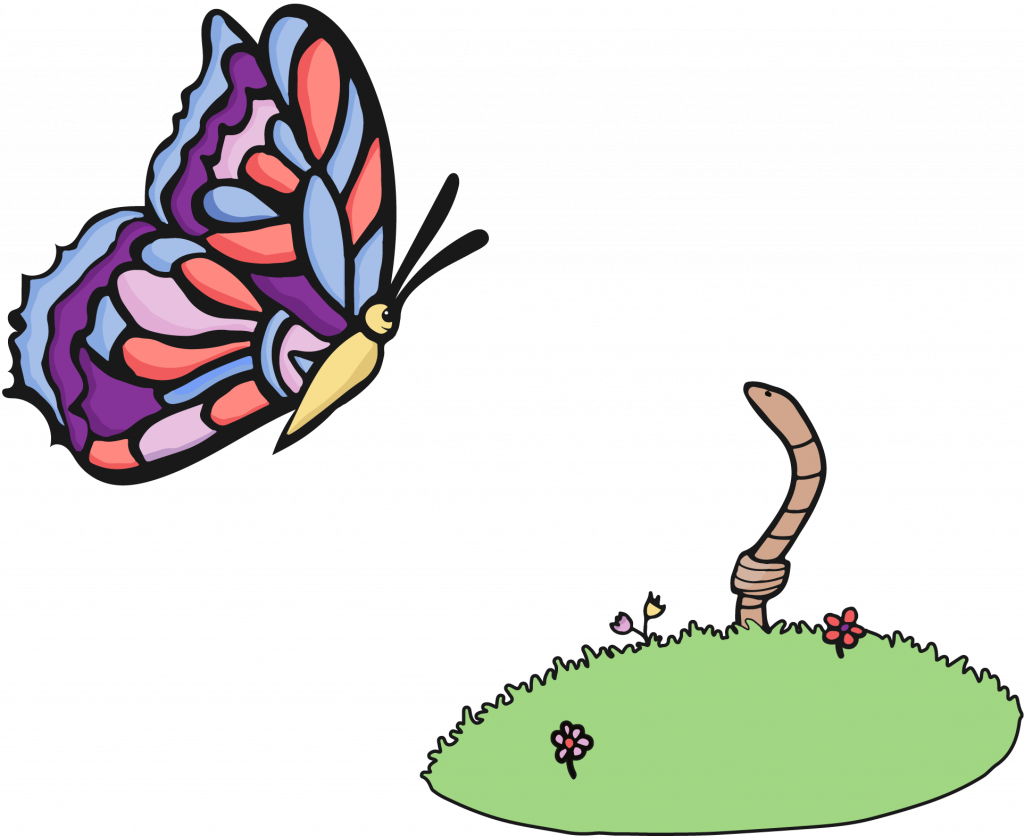You are not logged in.
If you would like to save your progress as you complete our Toolkit, please log in to your WWDA account. If you are not a WWDA member, become a member here (it’s free!).
Glossary
Introduction
Leadership Principle: Challenging and transforming traditional views of leadership
Leadership Principle: Value diversity and lived experience
Leadership Principle: Nothing about us without us
Leadership Principle: Lead by lifting others up
Leadership Principle: Care for self to care for community
Safe leadership
Mentoring
Why mentoring?
Whilst some successful women and gender diverse people with disabilities are less visible in our society, it will be important for them to have direct contact with other women with disabilities who are:
working in jobs they care about
actively participating in family life
taking their rightful place in the community
These women are needed as role models, mentors and muses. It is only through their presence and wisdom that we can learn how being disabled and women can be an asset, a source of resilience and creativity that must not be denied nor overcome, but rather celebrated. [12]
If I see it, I can be it.
How often do women and gender diverse people with disabilities have access to positive role models who can support them in exploring their strengths, talents, and passions? How often do women and gender diverse people with disabilities have access to mentoring that is meaningful to them?
Women and gender diverse people with disabilities are often mentors themselves with unique mentoring strengths. They can offer a range of exciting and motivational possibilities. They can also provide an opportunity to explore disability as an important part of identity.
Through access to many and varied role models, women and gender diverse people with disabilities can discover a life that best suits them and their individual strengths and provides opportunities for growth.
12. Rousso, H. (2008). Role models, mentors and muses for women with disabilities. Impact: Feature Issue on Employment and Women With Disabilities, 21(1), 8-9.
Up next
Next, let's learn about the role of mentors.

